The attentive eyes, hands and feet of the artists skillfully control the complex system of wires connected to the car, releasing colorful tangram pieces on the stage, taking the audience through dreams...
“Come here right away. I believe you will love it, love the young artists here...” - Nguyen Hoai Thu, General Director of Vega Entertainment International Joint Stock Company (the unit that operates That Theater) replied when I asked to learn about the theater.
Don't repeat yourself
As the newest cultural and artistic architectural highlight of Nha Trang, the Do Theater also contains a separate artistic life with young artists who are persistently pursuing the dream of preserving and innovating indigenous cultural values. The basement area is divided into many functional rooms and bears its own mark with props and puppets decorated and arranged along the corridor.
This is both a specialized practice space and a prop workshop and a common room. “The theater feels like a real “home” for artists, creating a close space for each individual to be nurtured, developed and attached to for a long time. We don’t think of it as going to work but rather going out for fun, we can play here all day without getting bored because we create together, every day is new,” shared dancer Van Thi Ngoc Huyen.
There are probably few theaters where the artists have to practice every day, even though the play has been performed regularly for 2 years now. The artists' schedule starts in the morning with warm-ups and practice in the basement. In the early afternoon, they continue to "run" the entire program on stage; edit, research, and add new details for the official performance in the evening. They want their play to always be "alive" so that they can also live with passion. They do not repeat themselves. Therefore, the audience watches today, but may come back a while later, the play is very different even though the script is the same.
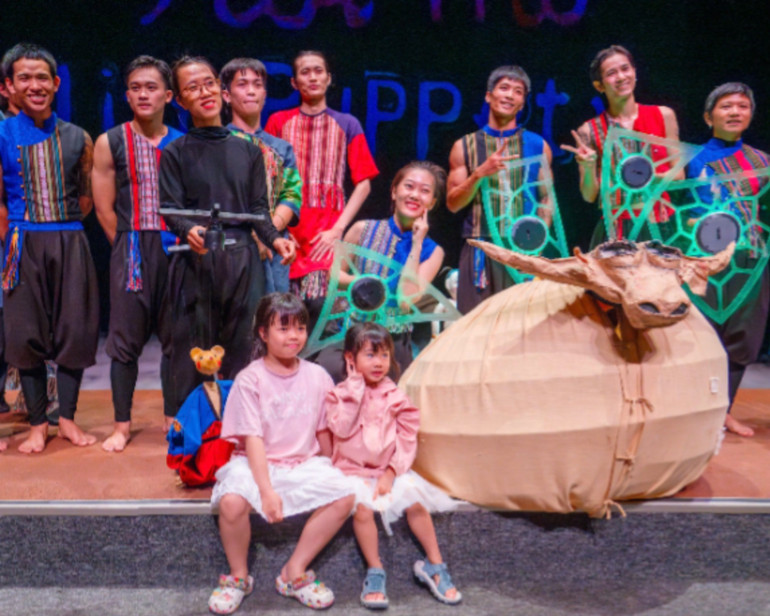
Explaining this, Ms. Nguyen Hoai Thu said: “The factor that is focused on investing in the staging to maintain the creative life of the show is the live performance. Artists and audiences interact in real space and time. The stories told in the show are distilled by the actors themselves from their culture and life, so it changes constantly.” The artists of the theater are mostly young, under 40 years old.
While the theater was built with the clear purpose of having an optimal stage for puppetry, the artists are an interesting unknown. Along with a number of artists trained at professional art schools, the majority come from indigenous ethnic groups such as Cham, Ra Glai, E De, Co Ho... This creates a unique color for the theater, but also brings many challenges. The first major difficulty is the transmission and training of specific performance techniques, such as the technique of controlling a bicycle connected to a tangram string puppet - a unique form of puppetry that requires a harmonious coordination between physical strength, emotions and creativity.
This is a technique that is almost unique to Puppetry, so it cannot be learned from any existing model, but must be trained systematically and persistently. “However, the biggest advantage is the spirit of learning and strong adaptability of the young actors. Although not trained systematically from the beginning, their resilience, flexibility and good physical thinking from traditional culture are valuable factors. Their innocence, simplicity but full of inner strength have contributed to creating a unique spirit and strong vitality for Puppetry,” said Ms. Ngo Thanh Phuong, Artistic Director of the theater.
Puppeteer Ho Minh Tri is from Khanh Hoa, who studied at the Thang Long Water Puppet Theatre in Hanoi. When he decided to return to his hometown to contribute, Tri was attracted by the creative direction and artistic approach of the Theatre. “I had to get used to new ways of thinking, new ways of expression and even a way of re-evaluating my own abilities. However, it is the challenge that makes me feel excited because each performance is a journey of discovery , not only about art but also about my own limits. I learned to be more open, dare to experiment and break out of familiar ruts,” Tri shared.
Magical dreams
Breathing a modern breath into the values of traditional indigenous cultural heritage, breaking out of the inherent stereotype is also the way for the play Puppet Dream to conquer the audience. The idea for the play originated from director Nguyen Nhat Ly, an expert who has participated in staging many unique art plays about Vietnamese culture. With Puppet Dream, the crew created a continuous and subtle transformation between the performing languages. The play is not fixed in a single puppet form, but is a flexible exchange between water puppetry, string puppetry, animated puppetry, shadow puppetry, tangram puppetry, contemporary dance, etc.
This combination not only enriches the expressive language but also opens up many layers of emotions. One of the factors that plays a decisive role in the play's desired artistic effect is the specially designed stage of That Theater with multiple spaces: Water surface, air, land and screen. "The constant change in the performing language is inevitable to match the emotional rhythm, with the abstract and ever-changing content that the play wants to convey. It is this freedom of perception that Dream Puppet aims for - like an open dream, full of color and emotion, so that each person can reflect and connect in their own way", Ms. Ngo Thanh Phuong emphasized.
Watching Dream Puppetry, the audience feels like they are drifting through magical dreams, with clear colors and music that is sometimes melodious and peaceful, sometimes intense and bustling. The play has no dialogue at all, the artists exploit and make the most of traditional musical instruments and traditional cultural features. From the melodious Co Ho singing that seems to echo from the great forest; the mysterious and profound sounds of gongs, klong-puts, and gongs; the melodious and humming zither; the sounds of nature and animals; the brocade costumes; the purely Vietnamese props..., all are primitive but attractive, expressing a unique spirit and strong vitality.
“This is truly a unique performance. I have never seen anything like it. We were very impressed with the coordination of the entire troupe. Even though we knew it was a puppet show, the atmosphere of the show made you completely immersed as if you were in a completely different dimension,” said foreign tourist Cathrine Mozz. With Dream Puppetry, each artist was encouraged by the crew to add cultural details of their own ethnic group to the performance. As a Cham ethnic, Van Thi Ngoc Huyen had an impressive solo performance with a dance combining bamboo puppets shaped like snakes underwater, originating from the legend of the Naga snake god.
“The feeling of having our national culture present on the big stage and being welcomed by the audience is extremely proud and touching. It is not only a personal joy, but also a motivation for me to continue to preserve, develop and introduce traditional cultural values in a more vivid and contemporary way,” Huyen shared.
Deputy Director of the Department of Culture, Sports and Tourism of Khanh Hoa province, Le Van Hoa, affirmed: “It is very valuable and encouraging to see modern art practices that still exploit and promote indigenous culture to the fullest. This is also a practical action in accordance with the spirit of Resolution 34-NQ/TU dated December 22, 2023 of the Provincial Party Committee on promoting cultural heritage values associated with sustainable tourism development in Khanh Hoa province until 2025, with a vision to 2030”.
Source: https://nhandan.vn/nhung-giac-mo-o-do-post888518.html


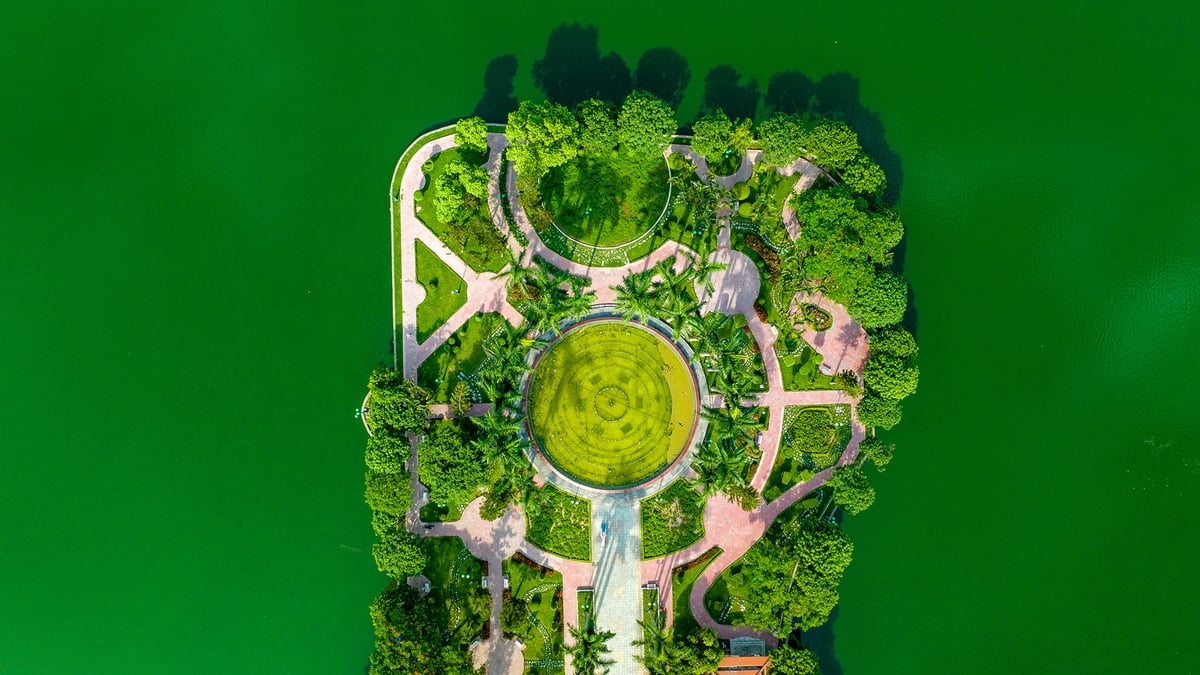




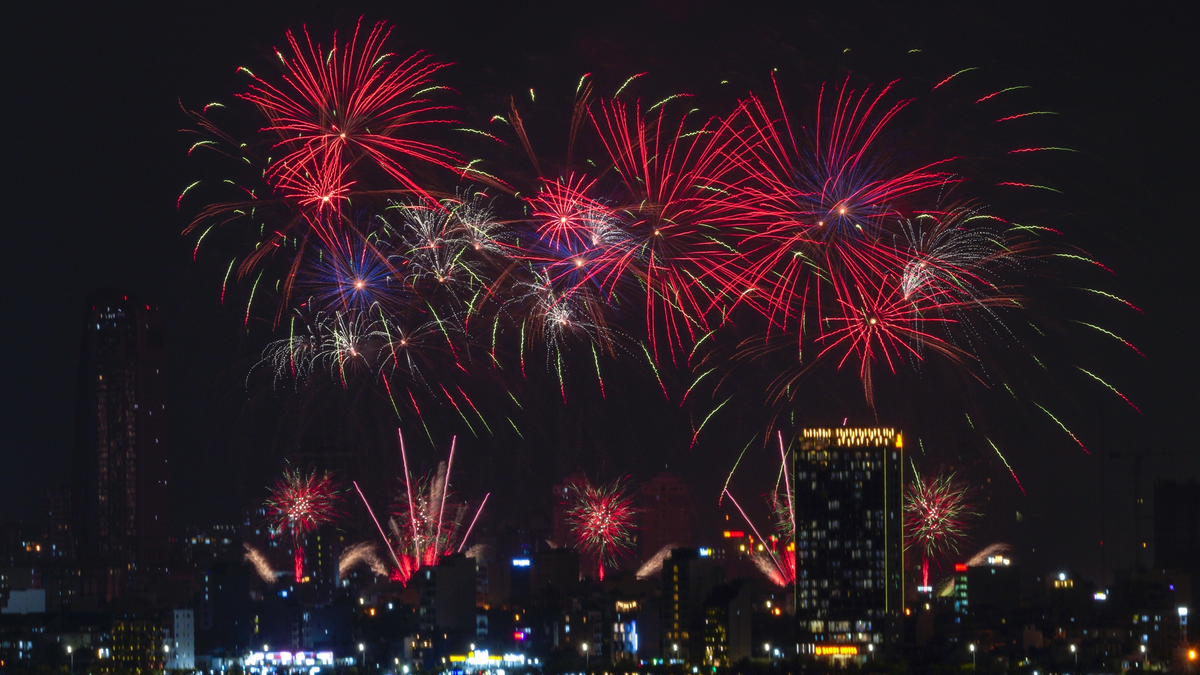


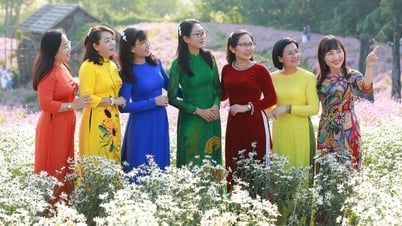

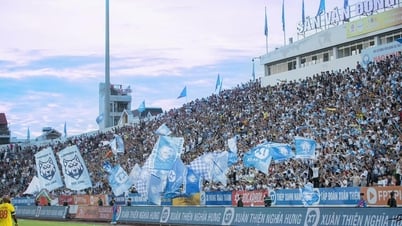

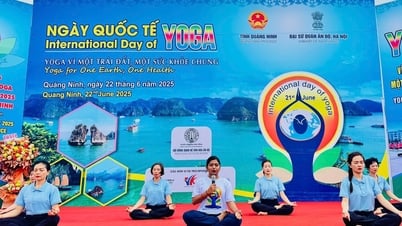
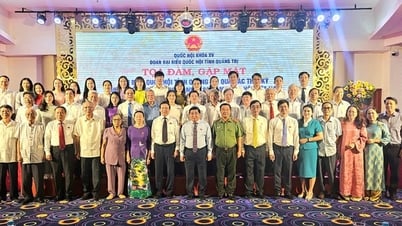
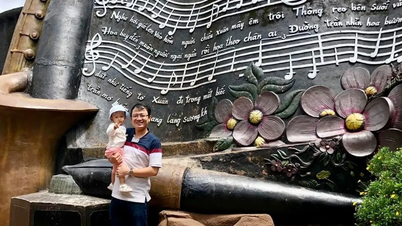





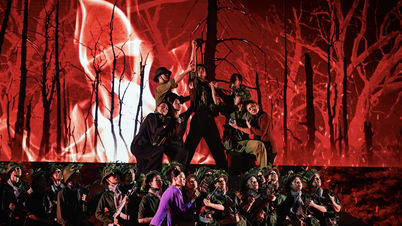

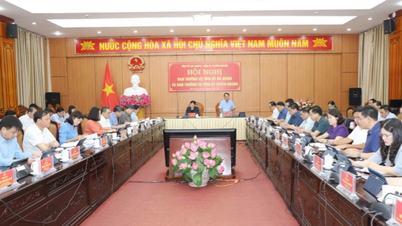
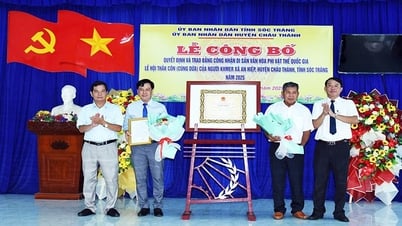
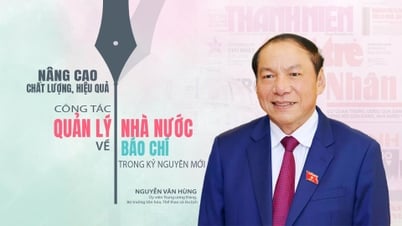
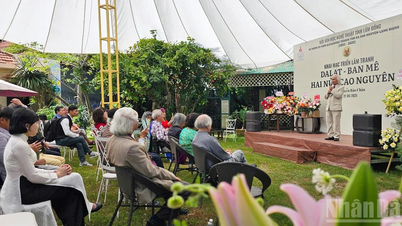









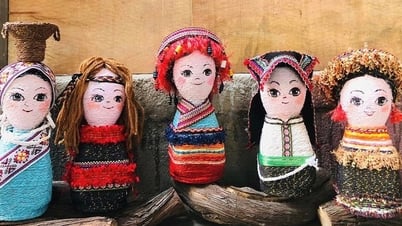
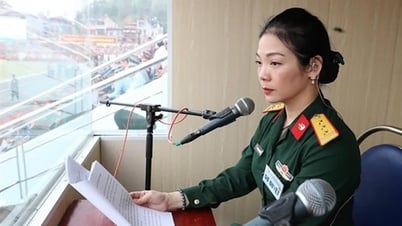




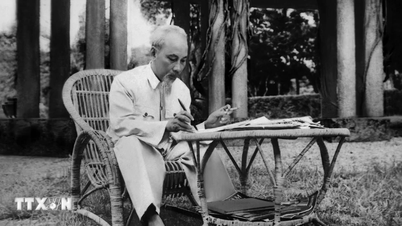






![[Maritime News] Wan Hai Lines invests $150 million to buy 48,000 containers](https://vphoto.vietnam.vn/thumb/402x226/vietnam/resource/IMAGE/2025/6/20/c945a62aff624b4bb5c25e67e9bcc1cb)









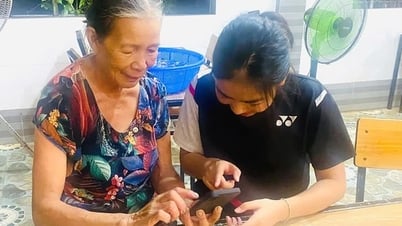

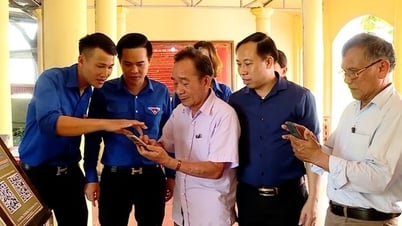
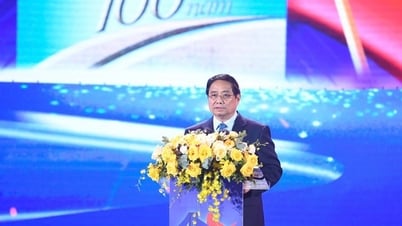

![[Infographic] Party Committee of the Ministry of Culture, Sports and Tourism: Marks of the 2020 - 2025 term](https://vphoto.vietnam.vn/thumb/402x226/vietnam/resource/IMAGE/2025/6/22/058c9f95a9a54fcab13153cddc34435e)





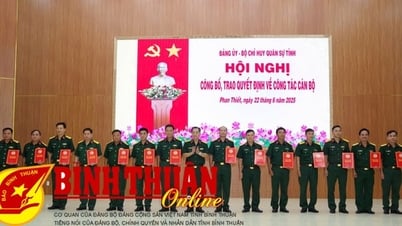

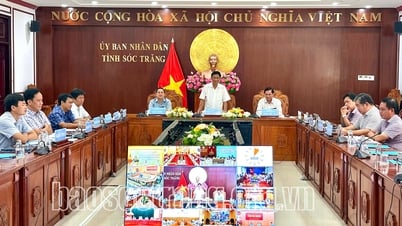





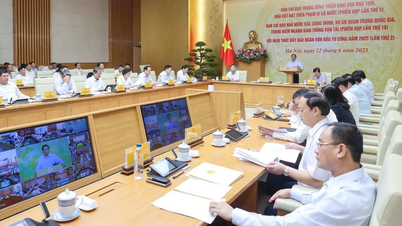










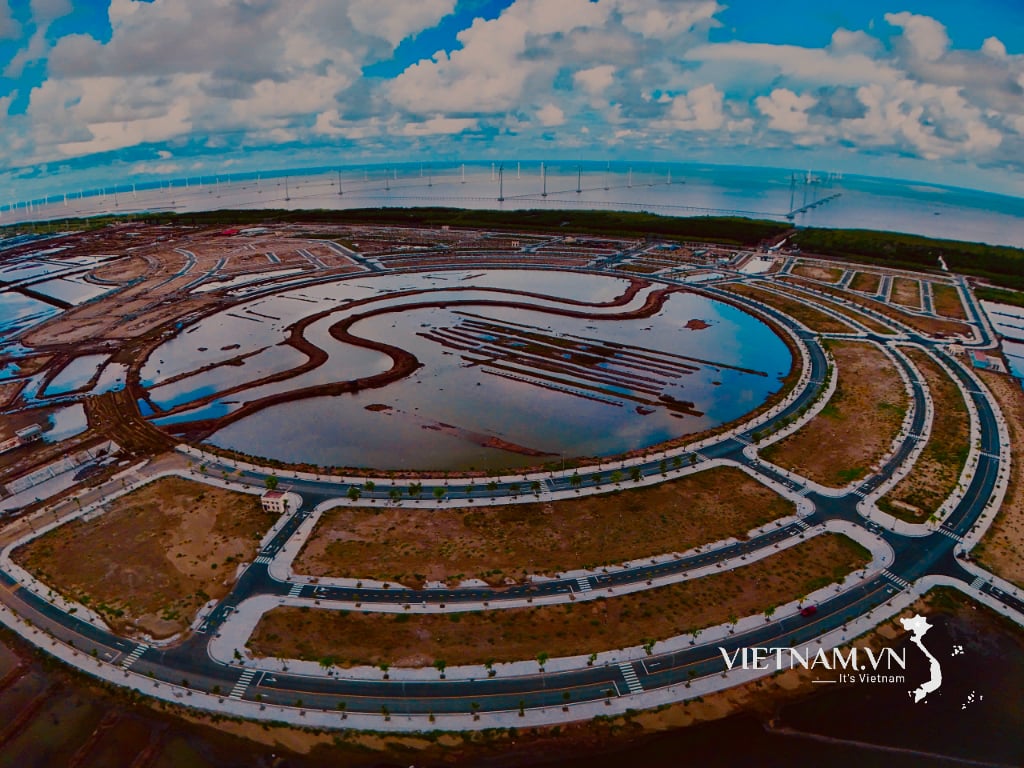


Comment (0)